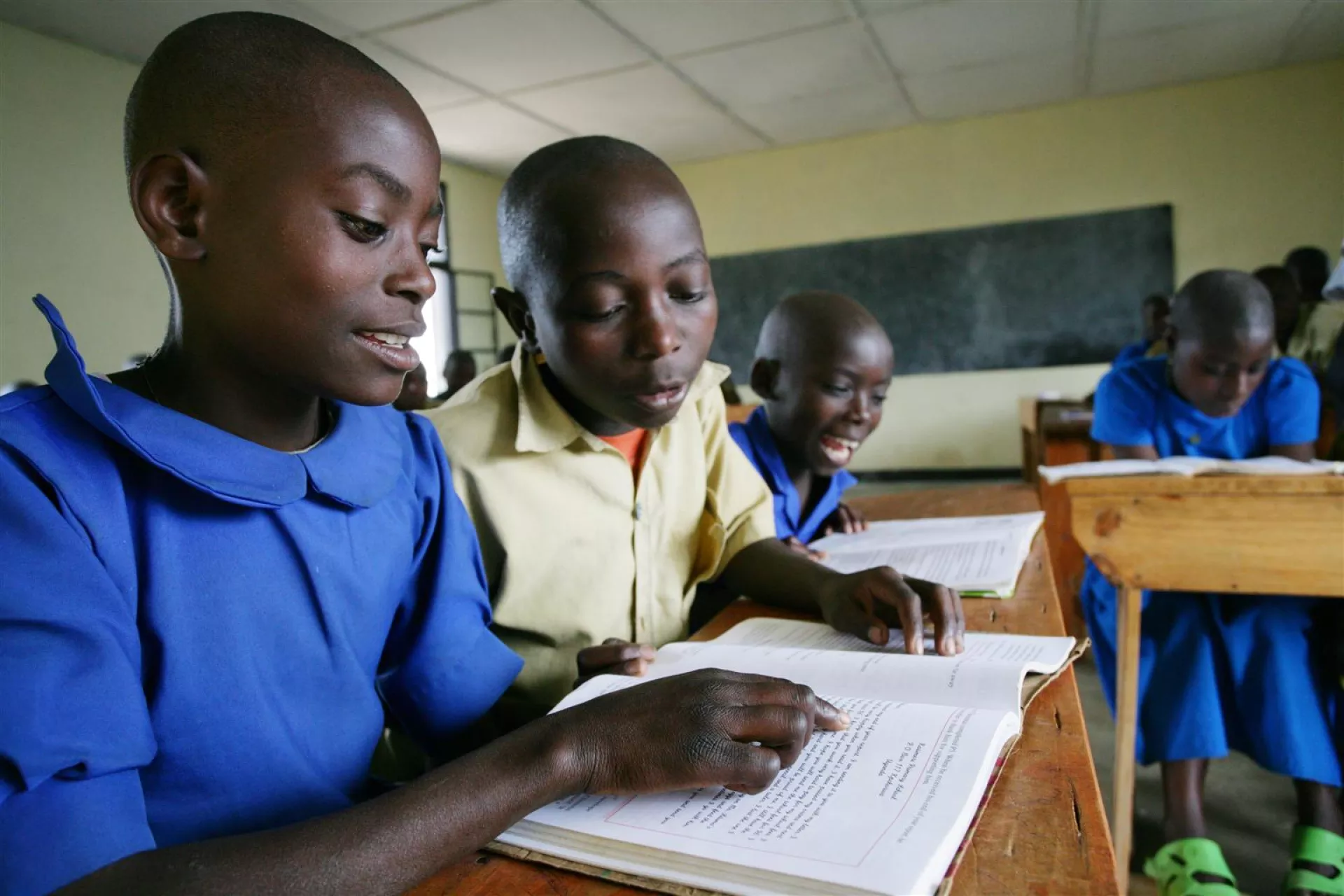Climate change stands as one of the most critical challenges facing humanity today, affecting ecosystems, economies, and communities across the globe. Gaining a clear understanding of its causes, recognizing major contributors, and taking action to mitigate its impacts are essential for a sustainable future. This article explores the history of climate change, identifies leading contributors to harmful emissions, and offers practical solutions to protect our planet.
Tracing the Origins of Climate Change
The Earth’s climate has naturally fluctuated over millions of years. However, the current phase of rapid warming is unprecedented and primarily driven by human activities since the onset of the Industrial Revolution in the 18th century. Key drivers include the burning of fossil fuels, widespread deforestation, and industrial processes that have significantly increased greenhouse gas levels in the atmosphere, leading to a steady rise in global temperatures.
Key Events That Accelerated Climate Change
- Industrial Revolution (1750s): The adoption of coal-powered machinery marked the beginning of large-scale carbon emissions.
- Post-World War II Boom: Economic expansion after World War II led to greater fossil fuel consumption and industrial agriculture growth.
- 1980s Scientific Awareness: Researchers began sounding the alarm about the greenhouse effect and its link to global warming.
- 1997 Kyoto Protocol: The first international treaty aimed at reducing greenhouse gas emissions was adopted.
- 2015 Paris Agreement: A landmark global commitment to limit temperature rise to below 2°C above pre-industrial levels was established.
Top 10 Countries Contributing to Emissions
- China: The world’s largest emitter due to its heavy reliance on coal for energy and rapid industrialization.
- United States: A significant contributor, driven by transportation emissions and industrial activities, despite having some of the world’s most stringent environmental regulations.
- India: With a growing population and increasing energy demands, India’s reliance on coal remains a major challenge.
- Russia: A major exporter of fossil fuels, Russia’s emissions come from energy production and natural gas flaring.
- Japan: Known for its industrial sector, Japan emits a substantial amount of greenhouse gases, although it has invested heavily in renewable energy.
- Germany: Europe’s largest economy, Germany balances industrial emissions with progressive renewable energy policies.
- Brazil: Deforestation in the Amazon rainforest significantly contributes to its emissions, alongside agricultural practices.
- Indonesia: Deforestation and peatland degradation for palm oil production are major contributors to Indonesia’s emissions.
- Canada: Fossil fuel extraction, particularly from oil sands, makes Canada a notable emitter despite its vast forested areas.
- Mexico: Industrial activities and transportation contribute significantly to Mexico’s greenhouse gas emissions, though efforts for cleaner energy are underway.
The Realities of Climate Change
- Global Warming: Average global temperatures have risen by approximately 1.2°C since pre-industrial times.
- Melting Polar Ice: Arctic sea ice is diminishing at an alarming rate of 13% per decade.
- Rising Sea Levels: Sea levels have increased by roughly 8 inches since 1880, threatening coastal areas.
- Extreme Weather Events: Hurricanes, droughts, and wildfires have become more frequent and severe.
How We Can Protect Against Climate Change
Individual Efforts:
- Conserve Energy: Opt for energy-efficient appliances and limit unnecessary electricity usage.
- Embrace Renewable Energy: Transition to solar, wind, or other sustainable energy sources.
- Use Eco-Friendly Transport: Walk, cycle, or use public transportation to reduce reliance on fossil fuels.
- Reduce Waste: Recycle, compost, and avoid disposable plastics to minimize environmental impact.
Collective Solutions:
- Advocate for Clean Energy: Push for government policies that prioritize renewable energy investment and stricter emissions regulations.
- Preserve Forests: Combat deforestation to maintain critical carbon sinks.
- Encourage Sustainable Agriculture: Promote farming practices that minimize methane emissions and conserve resources.
- Support Green Innovation: Invest in technologies like carbon capture and sustainable energy systems.
Addressing climate change requires a unified global effort and immediate action. Governments, businesses, and individuals must collaborate to transition to a more sustainable future. Education, awareness, and commitment will be critical in preserving a livable planet for future generations.
Climate change is a daunting challenge, but its effects can be mitigated through collective effort and innovative solutions. By understanding its causes, addressing key contributors, and taking decisive action, we can forge a path toward a resilient and sustainable world.














Post Comment